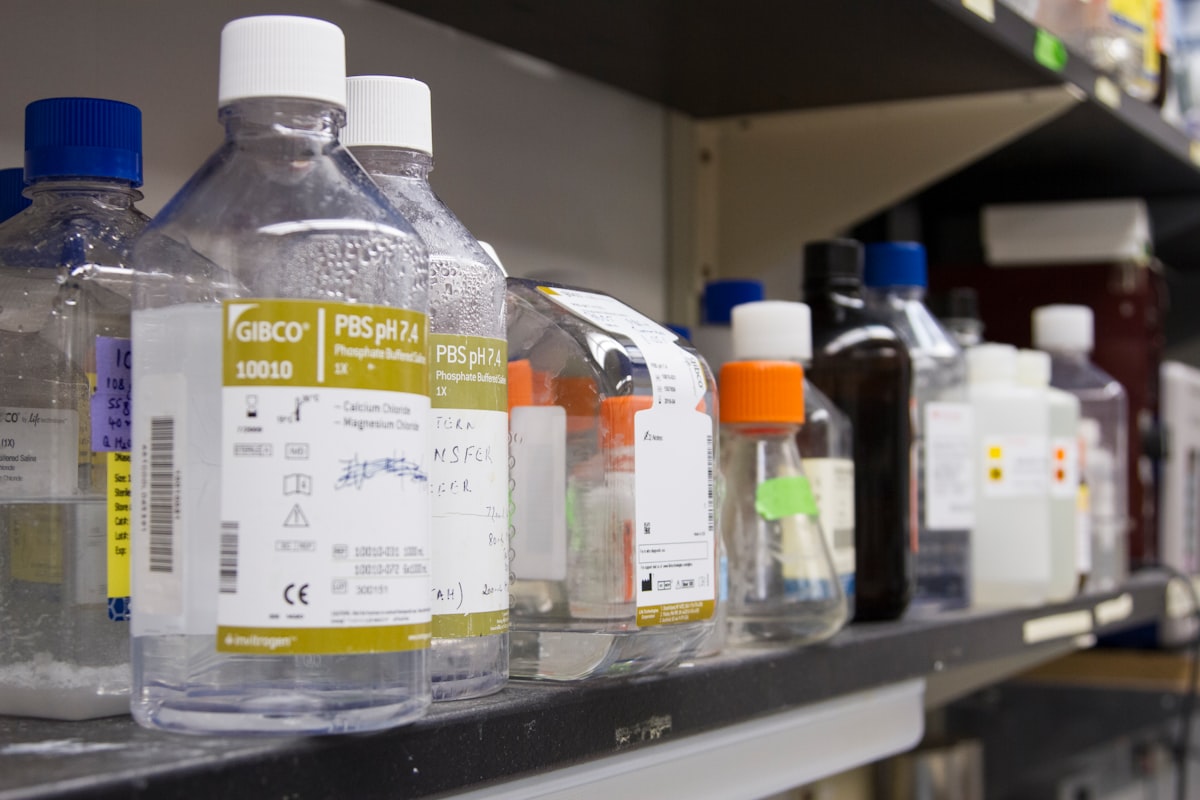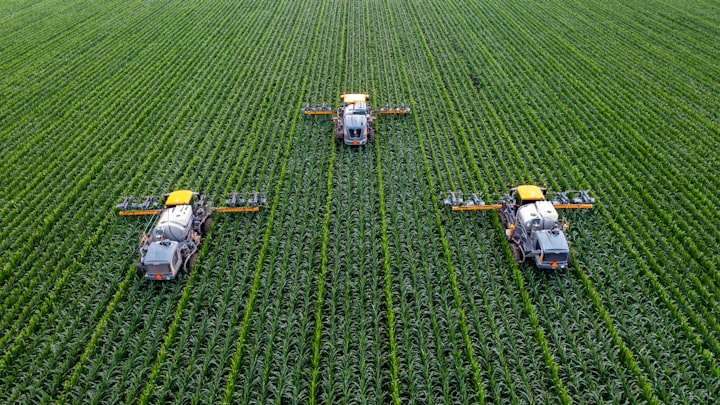Decarbonizing Chemical Production: The Upstream Challenge in Life Sciences
Exploring the life sciences sector's uphill battle in decarbonizing chemical production. Dive into the challenges and promising solutions that can reshape the industry's carbon footprint and set a sustainability precedent.

In our previous exploration of the life sciences sector's journey to net-zero, we highlighted the significant role of raw materials in the industry's emissions. A deeper dive reveals that the chemical production process, particularly within upstream suppliers, stands as a formidable challenge on this path. This article delves into the intricacies of this challenge and the potential opportunities that lie ahead.
The Significance of Chemical Production in Emissions
The life sciences sector, encompassing pharmaceuticals, biotech, and related fields, relies heavily on complex chemical processes. Active pharmaceutical ingredients (APIs), excipients, and process chemicals form the backbone of many products in this sector. Their production, often involving energy-intensive processes and the use of potent greenhouse gases, contributes significantly to the industry's carbon footprint.
Challenges in Decarbonizing Chemical Production
- Technical Challenges: Current production methods, optimized for efficiency and yield, often prioritize performance over sustainability. Transitioning to greener methods without compromising product quality presents a technical hurdle.
- Economic Challenges: Green alternatives, while promising, often come with higher initial costs. Balancing economic viability with sustainability goals is a persistent challenge.
- Supply Chain Complexities: The global nature of the life sciences supply chain, with raw materials sourced from various regions, adds layers of complexity. Ensuring consistent quality while transitioning to sustainable practices requires meticulous planning and coordination.
Opportunities and Solutions
- Alternative Fuels and Energy: Switching to renewable energy sources for chemical production can significantly reduce emissions. Research into bio-based feedstocks for chemical synthesis also holds promise.
- Carbon Capture and Storage (CCS): While still in its nascent stages for widespread industrial application, CCS offers a potential solution to offset emissions from chemical production.
- Green Chemistry Innovations: The field of green chemistry, focusing on designing products and processes that minimize environmental impact, offers a plethora of innovations. From catalysts that work at room temperature to solvents derived from renewable resources, the possibilities are vast.
Case Studies
Several companies are leading the charge in decarbonizing chemical production. For instance, Company X recently transitioned to bio-based feedstocks for a majority of its APIs, resulting in a 30% reduction in emissions. Meanwhile, Company Y has invested heavily in CCS technology, aiming to offset all emissions from its chemical production units by 2030.
Conclusion
The path to net-zero for the life sciences sector is multifaceted. While the challenge of decarbonizing chemical production is significant, it's not insurmountable. With collaborative efforts, investments in research, and a commitment to innovation, the industry can navigate this challenge, setting a precedent for other sectors to follow. As the life sciences sector continues its journey, the lessons learned from addressing the complexities of chemical production will undoubtedly provide valuable insights for holistic sustainability efforts.
References:
- McKinsey & Company. (2023). "Accelerating the transition to net-zero in life sciences." Retrieved from https://www.mckinsey.com/industries/life-sciences/our-insights/accelerating-the-transition-to-net-zero-in-life-sciences




Comments ()